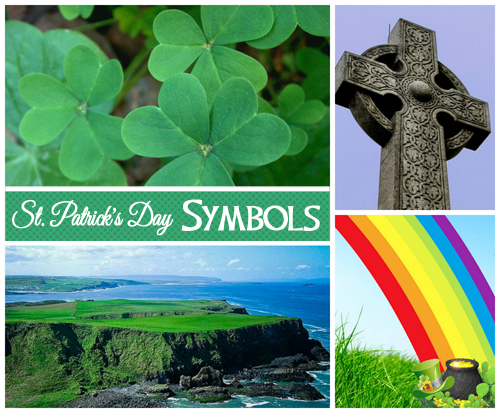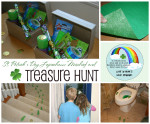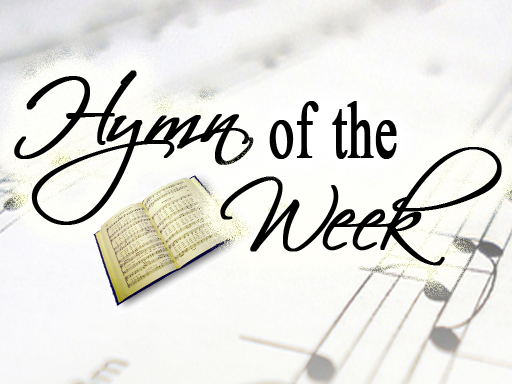Leprechauns
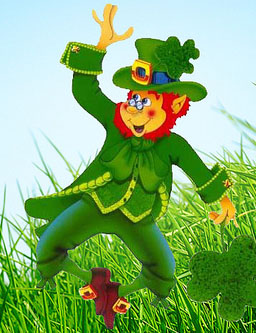 In the myth that explains the foundation of Ireland, it is said that the Celts, descendants of Noah, traveled to Ireland from Spain in the 4th century B.C. By the way, the Celtic people have also been traced to France, where they became the “Gauls” and to present-day Turkey, where they were the “Galatians” to whom the Apostle Paul wrote a letter. You may notice how the terms “Celtic” and “Gaelic” are often used interchangeably.
In the myth that explains the foundation of Ireland, it is said that the Celts, descendants of Noah, traveled to Ireland from Spain in the 4th century B.C. By the way, the Celtic people have also been traced to France, where they became the “Gauls” and to present-day Turkey, where they were the “Galatians” to whom the Apostle Paul wrote a letter. You may notice how the terms “Celtic” and “Gaelic” are often used interchangeably.
On arriving in Ireland, the Celts overtook the native Tuatha De Danaan tribe. Tradition holds that the Tuatha De Danaan were particularly gifted craftsmen, and history has confirmed that there was in fact a people group, prior to the Celts, that built great burial mounds and magnificent tombs.
With time, the Tuatha De Danaan evolved into the “fairies and leprechauns of later Irish legend, whose spirits haunt the tombs and mounds that they once built” (How the Irish Saved Civilization, p. 80).
Leprechauns were also known as “luchorpan” which means “wee ones.” They may have come to be depicted as shoemakers since the name “luchorpan” was similar to an Irish word meaning “one shoemaker.” Since shoemakers had a reputation for living alone, being crafty, and stashing their money, all of these characteristics came to be associated with leprechauns.
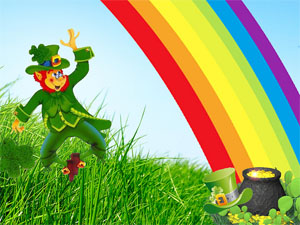 Legend claimed that if you captured a leprechaun and kept your eye on him, he couldn’t vanish. As a ransom for his escape, he would reveal the location of his pot of gold. Somehow or other, if caught, the crafty leprechaun usually managed to outwit his captor — perhaps by saying that the pot of gold was at the end of the rainbow (since it is impossible to find the end of a rainbow).
Legend claimed that if you captured a leprechaun and kept your eye on him, he couldn’t vanish. As a ransom for his escape, he would reveal the location of his pot of gold. Somehow or other, if caught, the crafty leprechaun usually managed to outwit his captor — perhaps by saying that the pot of gold was at the end of the rainbow (since it is impossible to find the end of a rainbow).
One story tells of a man who captured a leprechaun in his field. To secure his escape, the leprechaun reveals the location of his gold which is buried under a certain weed. The man ties a red handkerchief on the weed and leaves to get his shovel. On his return, he finds that the leprechaun had tied red handkerchiefs to all the weeds in the field!
Fortunately, St. Patrick was a stark contrast to the leprechaun, who was always trying to outwit his captor out of treasure. Patrick generously and graciously offered knowledge of the treasure of eternal life to his former captors. Read more about Patrick on our St. Patrick’s Day History page.
Learn more about leprechauns from a short video on History.com.
This page was created by:

Back to main St. Patrick’s Day Symbols page.
We welcome your ideas! If you have suggestions on how to improve this page, please contact us.
You may freely use this content if you cite the source and/or link back to this page.
Image Credit for Leprechauns: silverlunace via photopin cc
